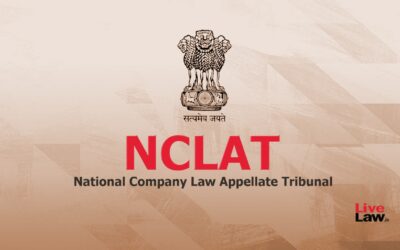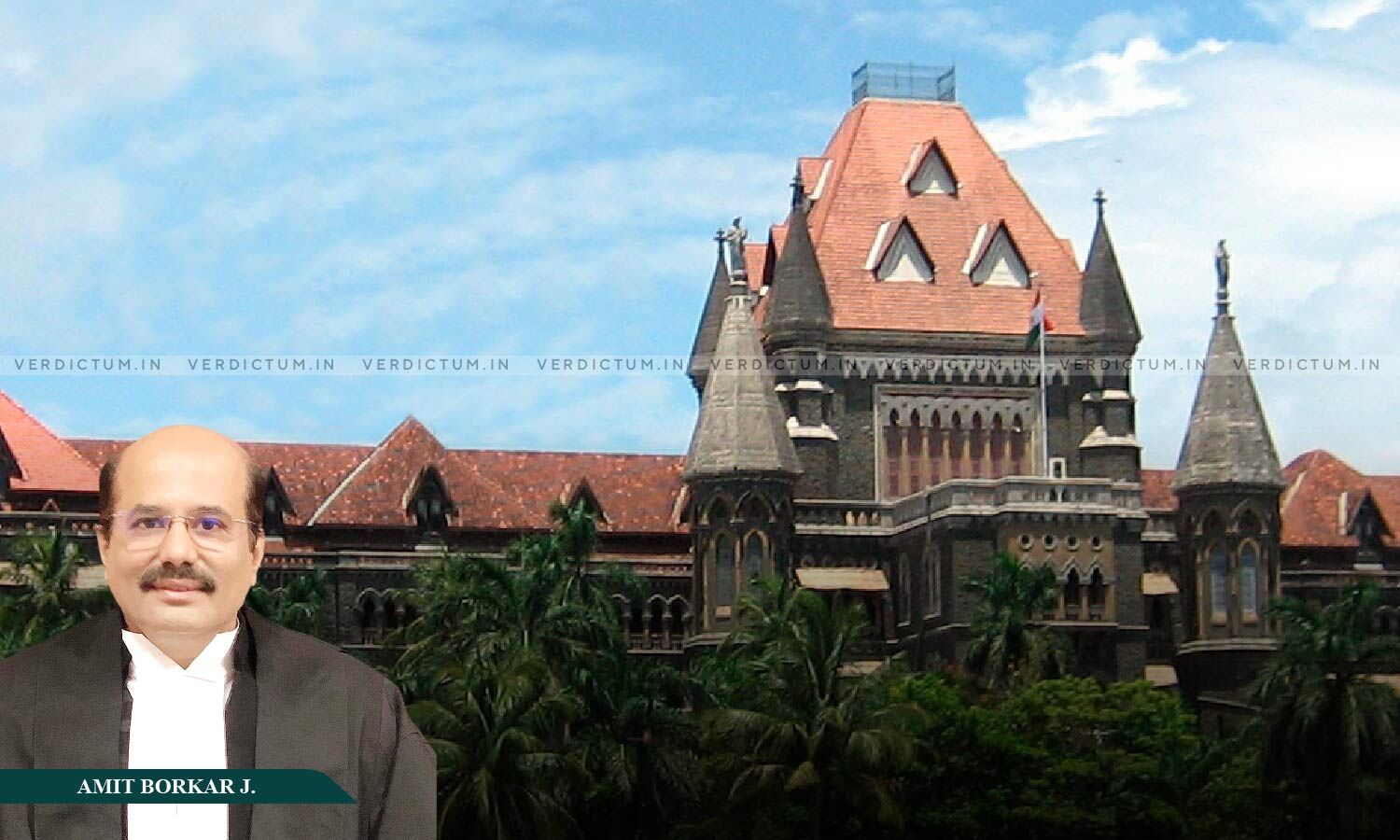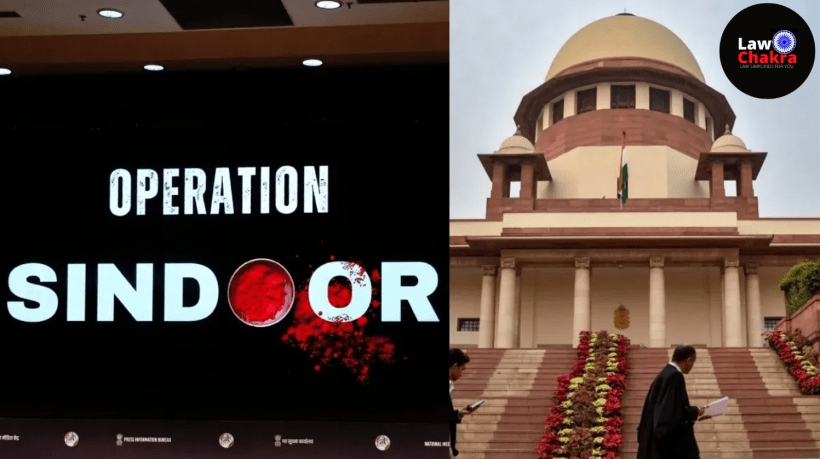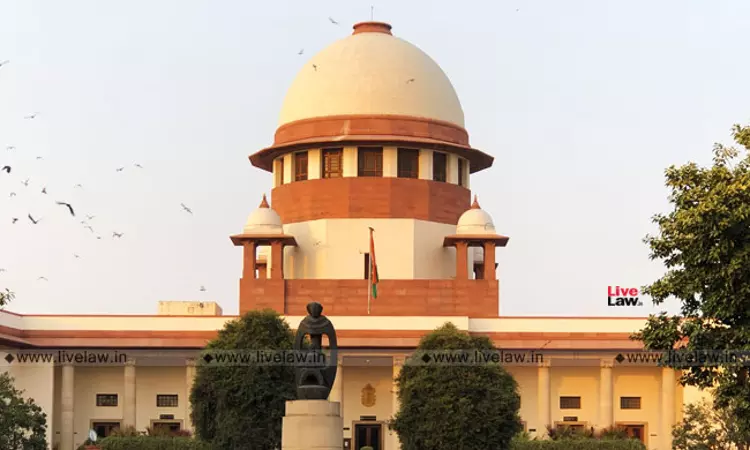SCBA President Writes To CJI Seeking Relocation Of Judicial Museum For Lawyers’ Use
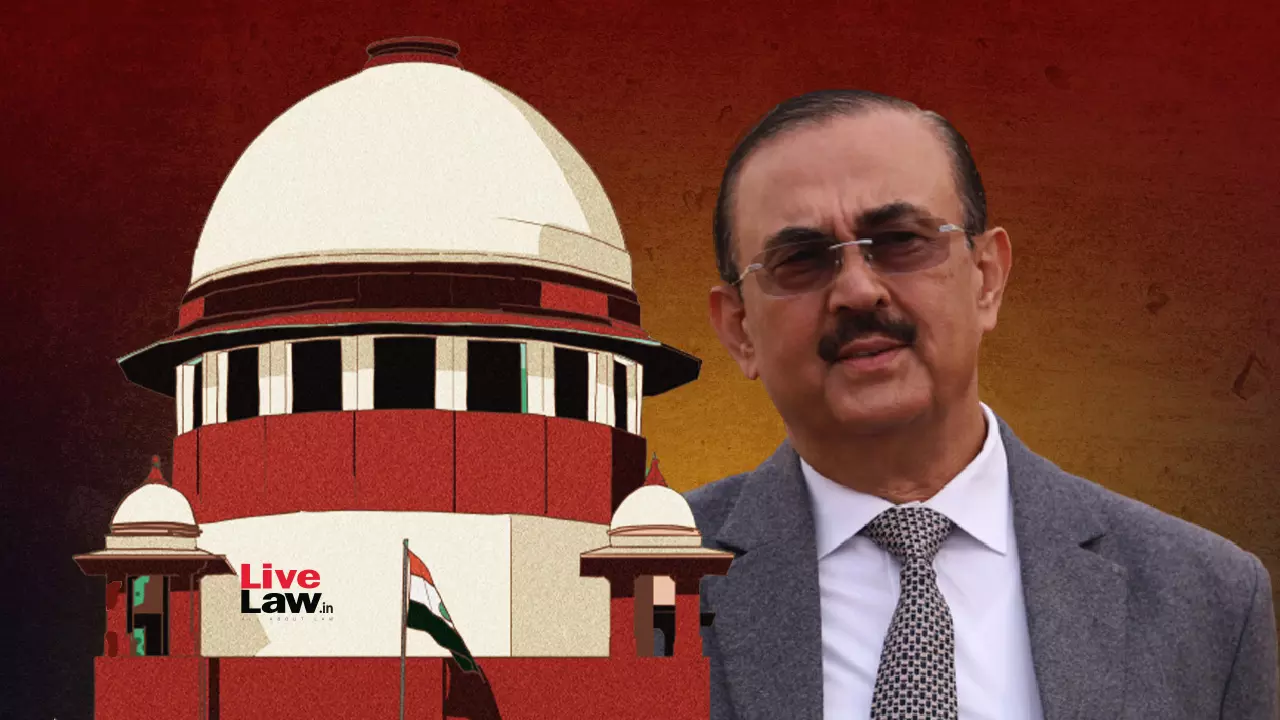
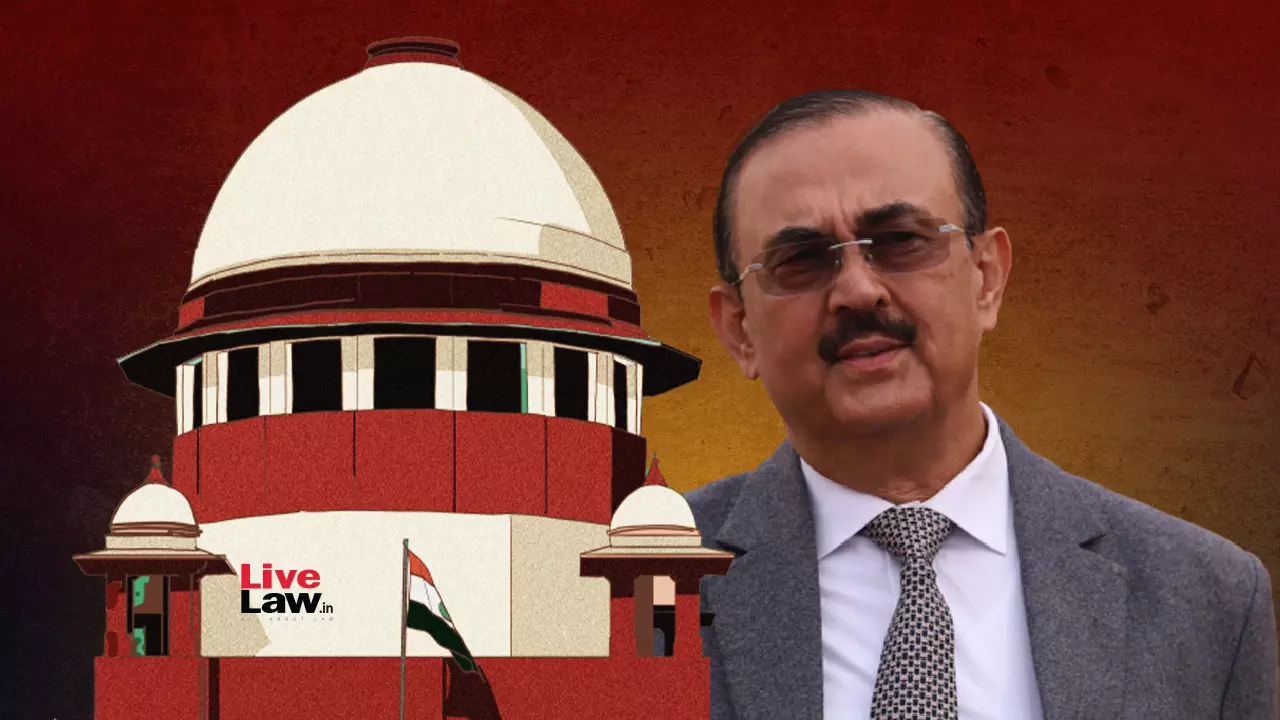
Supreme Court Bar Association (SCBA) President Vikas Singh has written to Chief Justice of India BR Gavai, requesting the relocation of the National Judicial Museum and Archive to the Additional Building within the Supreme Court campus and repurposing of the current museum space, the erstwhile Judges’ Library, for use by Bar members.
“We respectfully urge consideration of the relocation of the National Judicial Museum and Archive to the Additional Building of the Supreme Court, allowing the existing space to be repurposed for building soundproof chambers and cubicles for the members of the Bar to meet their growing professional needs”, the letter states.
In the letter written today, Singh reiterated the Association’s objection to locating the museum in a high-security zone, which, he said, made it inaccessible to the public and was done without any consultation with the Bar.
“The Supreme Court, built and maintained with public funds, is intended to serve all its stakeholders, including the legal fraternity, whose professional functioning directly contributes to the administration and delivery of justice,” the letter states.
Singh has proposed two measures: first, to downgrade the security status of the Additional Building Area within the Appu Ghar Complex to match that of chambers within the main campus, and second, to relocate the National Judicial Museum and Archive to the vacant spaces in this Additional Building Area.
The SCBA President noted that the land was originally allotted to Appu Ghar and was later reallocated to the Supreme Court for constructing lawyers’ chambers after Appu Ghar’s lease expired.
He stated that it was the SCBA that moved the Delhi High Court seeking eviction of Appu Ghar. Despite this, only a small portion of the constructed area has been used for lawyers’ chambers. Even after construction, allotments were delayed for over three years until interventions by CJI Gavai and Justice Surya Kant.
Singh noted that while the chambers within the main campus do not have high-security status, the entire Additional Building Area has been arbitrarily classified as a high-security zone. This, he said, restricts access and undermines its purpose. He acknowledged that the auditorium in the Additional Building Complex was available for SCBA functions but said that several other facilities such as meeting rooms and common areas remain inaccessible and underutilized.
“A primary reason for the limited utilization of these facilities by Bar members is the arbitrary high-security status imposed on the Additional Building Complex, which restricts access and undermines its intended purpose”, the letter states.
He has said that the museum’s current location, being within a high-security zone, defeats its purpose of public engagement. Instead, the space could be repurposed for building soundproof chambers and cubicles to facilitate virtual hearings and client consultations.
He has said that the Registry’s justification for maintaining high-security status based on the existence of connecting tunnels “seems to lack merit.” He suggested that effective access control at tunnel entry points would be a more reasonable approach.
“With due respect, such reasoning seems to lack merit. Security concerns can be effectively addressed by implementing robust access control measures at the tunnel entry points within the Supreme Court premises, rather than designating the entire Additional Building Area as a high-security zone”, the letter states.
Singh also said that the high-security restrictions have impeded Bar members from attending events such as the oath-taking ceremonies and farewell functions, causing inconvenience and long delays. Downgrading security would ease access for both lawyers and their clients and remove barriers for public participation, he stated.
“The Bar is an integral part of this esteemed institution, and its needs and requirements are both legitimate and essential to the effective functioning of the judiciary,” the letter said.
Singh urged that the relocation and repurposing be considered during the ongoing court vacation. “Addressing this issue…would provide immediate relief to lawyers and litigants, and would significantly enhance public trust in the Supreme Court as an institution built on public resources and dedicated to serving all stakeholders,” the letter concluded.
This letter follows a series of objections raised by the SCBA over the past year. On October 24, 2024, the SCBA Executive Committee passed a resolution objecting to unilateral changes to the Court’s emblem and the Lady Justice statue, as well as the proposed museum. The Association had demanded that the former Judges’ Library space be allotted for a library and a lounge for Bar members.
The SCBA boycotted the inauguration of the Supreme Court Museum on November 7, 2024, reiterating its demand that the space be allocated for Bar facilities. The October 2024 resolution had also demanded that any major decisions concerning the Supreme Court Complex be taken in consultation with the Bar Association.
Glass panels were installed in Supreme Court corridors last year during the term of Chief Justice DY Chandrachud for the purpose of centralised air-conditioning.
In December last year, the Supreme Court Advocates-on-Record Association, after the retirement of CJI Chandrachud, requested the next CJI Sanjiv Khanna to remove the glass panels, saying that it had reduced the space in the corridors, causing inconvenience to the lawyers and litigants.
Under the current administration of CJI Gavai, the Supreme Court has removed the glass panels installed last year and restored its traditional logo on the official website. The cause lists published by the Court also reflect the restored logo.

